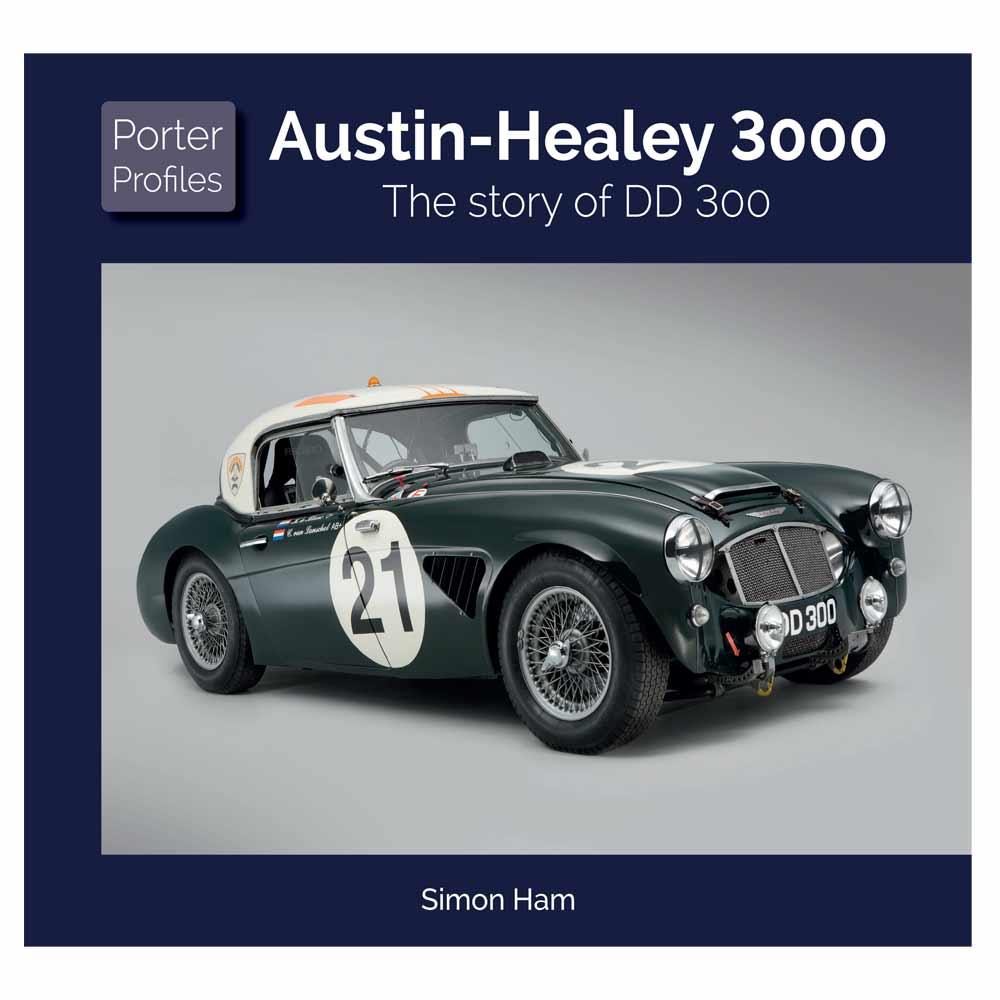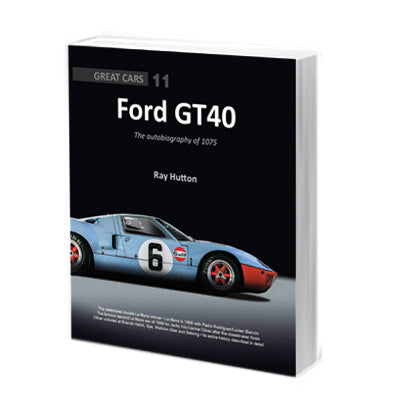
Jim Clark, a famous Austin-Healey, and racing diversity unimaginable today
To see one of today’s Formula 1 drivers participating in a club race for production-based sports cars, you’d first have to take a trailer-load of psychedelic drugs, but that’s exactly what thousands of perfectly sober spectators saw for real one Sunday afternoon at Brands Hatch in October 1960. An otherwise insignificant 10-lap event for GT cars was won by a Lotus Elite ahead of a Morgan Plus 4 and an Austin-Healey 3000, with the latter driven by - no, really, rub your eyes and look again! - ascendant F1 star Jim Clark. Earlier that year, Clark had also finished third in two other races: the Le Mans 24 Hours, in a Border Reivers Aston Martin DBR1, and the Portuguese Grand Prix, in a Lotus 18.
When Clark next saw ‘his’ Austin-Healey in action, it was at Kyalami, South Africa, in December 1962. Jimmy was there to race a Lotus 25 in the non-championship Rand Grand Prix, which he won, and the Big Healey was there in the hands of local star Bob Olthoff for a 15-lap support race, which he also won. The previous month, Olthoff had shared the Healey with fellow South African Tony Maggs (second in that year’s French Grand Prix) in the Kyalami Nine Hours. As these were the days before Formula 1 locked itself away behind chain-link fencing, it’s easy to imagine Clark and Olthoff chatting in the Kyalami paddock, Olthoff asking about the elegantly inventive monocoque chassis of the Lotus 25 and Clark recalling his afternoon two years earlier in the Healey.
If Clark told Olthoff why he had accepted an invitation to race the Healey, it’s lost in the mists of time, but a memory held fondly by the Scotsman may well have played a part. Jimmy’s first experience of driving as fast as 100 mph (goodness!) and the first time he earned a mention in a motoring magazine (wow!) was when he slid behind the wheel of an Austin-Healey 100 as an impressionable 19 year-old. The occasion was the 1955 Scottish Rally and the car’s owner, Jimmy’s cousin Billy Potts, had needed a stand-in for his regular co-driver. Just eight years later Jimmy would be World Champion.
When both Clark and Olthoff drove the Healey, with its now-famous registration DD 300, it belonged to the Ecurie Chiltern stable. This was owned by newspaper magnate David Dixon, who had also entered DD 300 at Le Mans in ’61 and ’62, following-up its appearance there in 1960 as a works-supported entry made under Jack Sears’s name. After its South African adventure, the car returned to Britain to race at the ’63 Easter Monday meeting at Goodwood and the BRDC International Trophy meeting at Silverstone, before departing from the following year’s Autosport 3 Hours at Snetterton by heading towards the scenery at high speed and end-over-end. This left DD 300 looking like junk, but John Chatham bought the remains, rebuilt the car over the winter of ‘64/’65, and extended its competition life for four more gloriously varied decades. Today the car is a crowd favourite at blue-riband historic events, with race preparation by Denis Welch Motorsport.
This charming tale of one of the most successful Big Healeys of all time - also raced on occasion by inaugural British Saloon Car Champion Peter Riley, Stirling Moss, and club-racing stars Gerry Marshall and Barrie ‘Whizzo’ Williams - is perfect for launching our new entry-level book series, Porter Profiles. Austin-Healey 3000: The story of DD 300 revisits a time when club racers shared the track with F1 stars and when the competition careers of drivers and cars could be so colourfully diverse that they would be unimaginable today without some kind of chemical interference with the brain.
By Phillip Bingham











Leave a comment
This site is protected by hCaptcha and the hCaptcha Privacy Policy and Terms of Service apply.